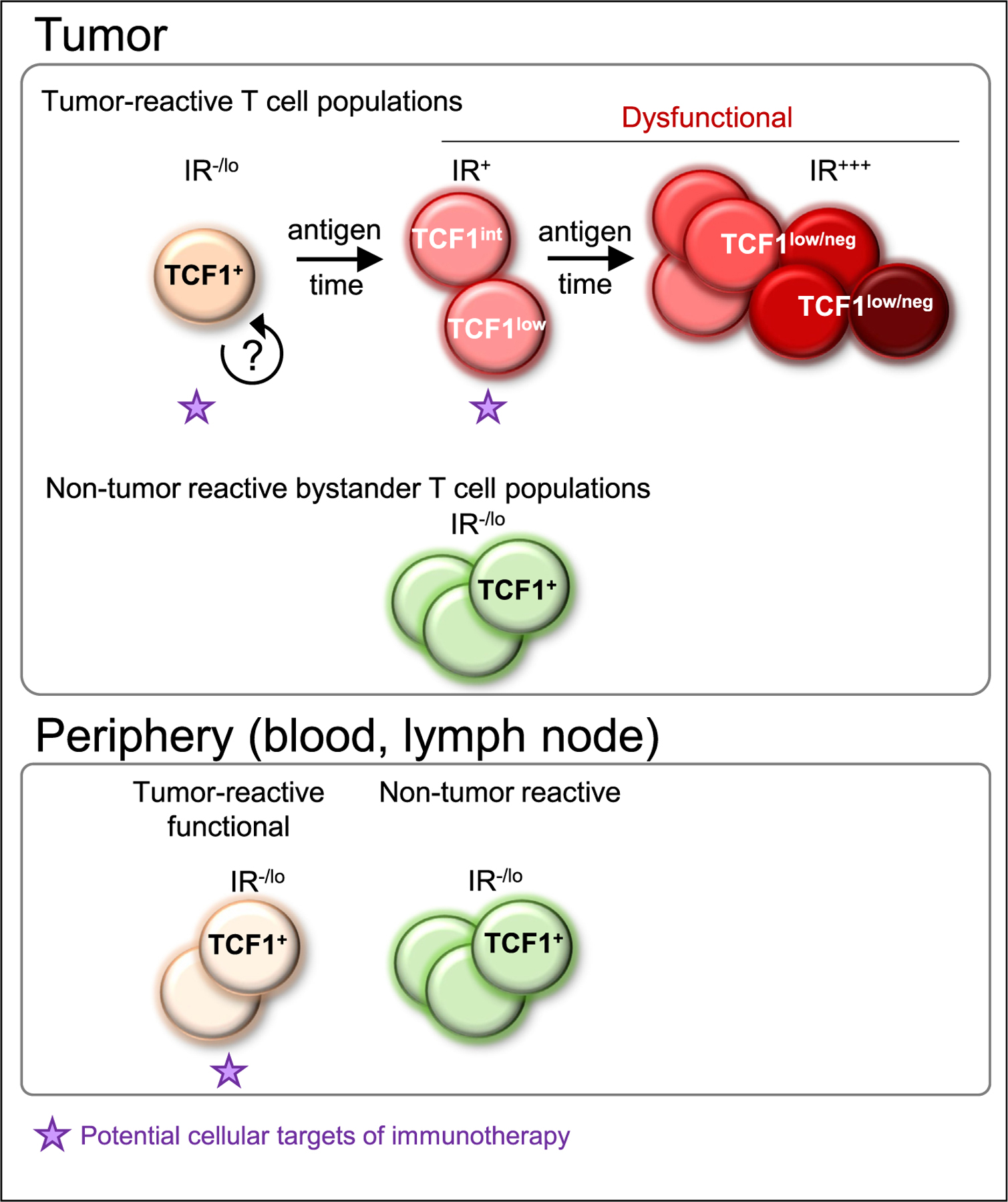Figure 2. Heterogeneity of tumor-infiltrating lymphocyte (TIL) populations.

TIL are heterogeneous and include tumor-reactive and non-tumor reactive T cells. Non-tumor reactive, bystander T cells appear functional and cytotoxic, express high levels of TCF1 and no or low levels of inhibitory receptors (IR). Tumor-induced T cell dysfunction is progressive and various dysfunctional states exist depending on spatiotemporal factors including antigen burden and duration of tumor antigen exposure. Tumor-specific T cells are initially TCF1+ but with time lose TCF1 expression, become TCF1 low/neg, and upregulate numerous inhibitory receptors (IR+++). It is currently not known if TCF1+ tumor-specific T cells represent a stable, self-renewing population. We hypothesize that, in human tumors, as seen in autochthonous tumor mouse models, reprogrammable and non-reprogrammable dysfunctional T cells may be present. Tumor-reactive T cells are also found in the periphery (e.g. blood and lymph nodes) and typically do not have the ‘exhausted’ phenotype, and these T cells maybe the population most amenable to immunotherapy.
